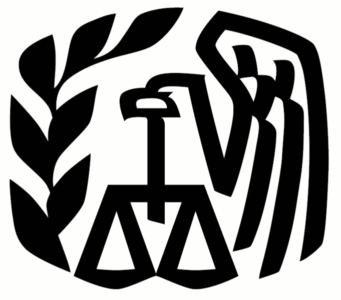Originally Published on forbes.com on December 6th, 2011
______________________________________
After an IRS audit has been completed you will generally think of yourself as home free with respect to that year. Theoretically, you are not really home free until the statute of limitations has run unless you have entered into a closing agreement (Closing agreements are pretty rare.) The IRS, though, is limited in its ability to reaudit you:
I.R.C. § 7605(b) provides that “o taxpayer shall be subjected to unnecessary examination or investigations, and only one inspection of a taxpayer’s books of account shall be made for each taxable year unless the taxpayer requests otherwise or unless the Secretary, after investigation, notifies the taxpayer in writing that an additional inspection is necessary.”
They have set out standards for when a second examination might be called for:
I.R.C. § 7605(b) provides that “o taxpayer shall be subjected to unnecessary examination or investigations, and only one inspection of a taxpayer’s books of account shall be made for each taxable year unless the taxpayer requests otherwise or unless the Secretary, after investigation, notifies the taxpayer in writing that an additional inspection is necessary.”
They have set out standards for when a second examination might be called for:
Section 5 of Rev. Proc. 2005-32 sets forth IRS procedures for reopening closed cases. “The Service will not reopen a case closed after examination to make an adjustment unfavorable to the taxpayer unless: (1) there is evidence of fraud, collusion, concealment, or misrepresentation of material fact; (2) the closed case involved a clearly-defined, substantial error based on an established Service position existing at the time of the examination; or (3) other circumstances exist indicating that a failure to reopen the case would be a serious administrative omission.”
In over thirty years, I have never run into them trying to take a second bite at the same apple. That is why I find LAFA 20114701F so disturbing. They are auditing the taxpayer on the same issue as a previous audit on a closed year, but not considering it a second examination. So how can that be happening ? The taxpayer is carrying back a net operating loss into that year. The year was already audited:
On its tax return for Tax Year 1, the Taxpayer deducted a bad debt loss of $X. The IRS audited Tax Year 1, including the issue of the bad debt loss. During the audit, the Taxpayer argued the loss should have been deducted as a worthless stock loss rather than a bad debt loss. The Revenue Agent allowed the loss, concluding the loss would either be deductible as a bad debt or worthless stock loss. 1 The statute of limitations for assessmentunder I.R.C. § 6501 has expired for Tax Year 1.
In a later year, the Taxpayer filed a Form 1139, Corporation Application for a Tentative Refund, for a net operating loss (“NOL”) carryback to Tax Year 1, which results in a refund of approximately $Y. The audit team considering the Taxpayer’s claim for refund is examining Tax Year 1 in connection with this claim. After further consideration, it appears the loss of $X claimed for Tax Year 1 is not allowable as either a bad debt or worthless stock loss. The IRS’s disallowance will be limited to the amount of the NOL carryback. The IRS will not assess additional tax for that year.
This is not some sort of “nothing ventured, nothing gained situation”. The taxpayer could have elected to carry the net operating loss forward, in which case it would be available to shelter future income. Presumably now it is gone, absorbed by taxable income that would not have been there but for the carryback claim. Why is this not a “second examination” ?
This is not a case where the IRS is subjecting the Taxpayer to onerous and unnecessarily frequent examinations and investigations. See H.R. Rep. No. 67-350 at 16 (1921). The reexamination of Tax Year 1 is not a unilateral action on the part of the IRS, but in response to the Taxpayer’s election to carry back net operating losses and claim a refund. In order to determine the Taxpayer’s right to the claimed refund, the IRS must determine the Taxpayer’s proper tax liability. To allow the Taxpayer a refund to which it is not entitled because Tax Year 1 was previously audited would be an improper application of section 7605(b).
The planning point here is that if you think there is anything sketchy about the carryback year, you may want to consider electing to carry the net opertating loss forward. Remember that is an election that needs to be made with a timely filed return.































































































